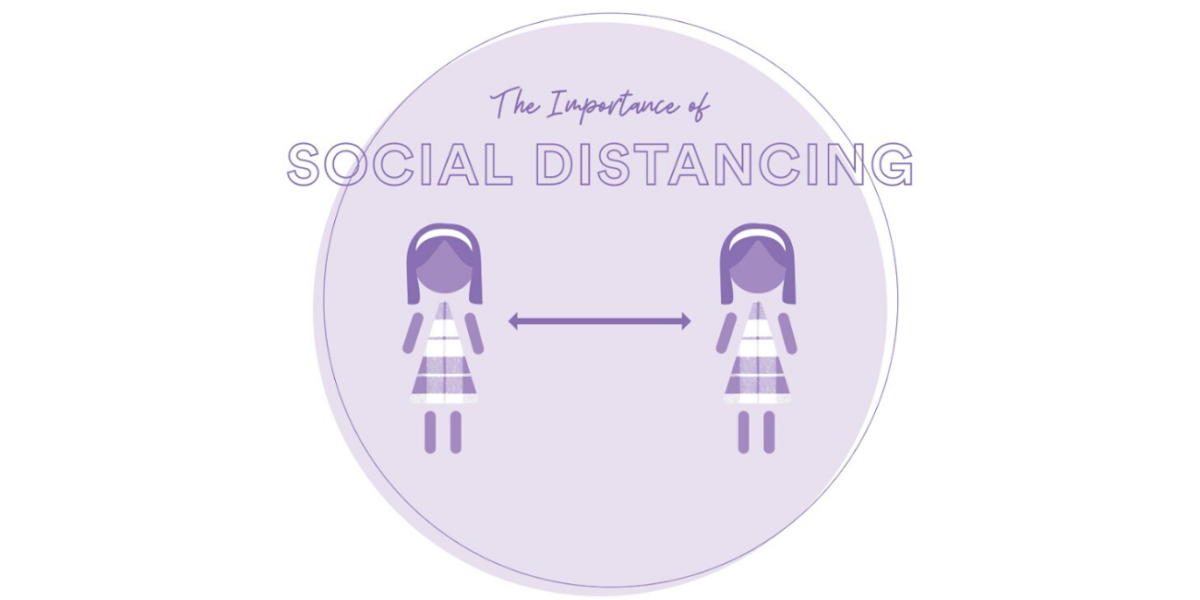
In response to the disruptions and challenges associated with COVID-19, Ashley Hall’s Departments of Counseling and Student Life offer the following guidance and resources to help families better understand, respond to, and cope with the complexities of the situation.
We are living amidst a situation most of us have never seen before. There is a great deal of uncertainty, and as a result, you and your families may be experiencing feelings of stress, anxiety, and lack of control. When talking to our students about stress and anxiety, we frequently tell them to focus on the things they can control. We hope the information below helps alleviate some common worries and concerns.
As the situation surrounding the novel coronavirus (COVID-19) pandemic continues to rapidly evolve, practicing “social distancing” is an essential piece we can each control. In an effort to slow the spread of COVID-19, public health officials are urging Americans to reduce close contact between people and avoid large gatherings. We all must practice social distancing not only for our own health but also for the health of others. It is a true act of compassion with the sole motivation to benefit others. But what exactly does that mean and how do we do it most effectively?
There are myriad articles, guidelines, and statements making their way across the airwaves. We have compiled some of the most helpful tips and resources to guide you in keeping your families and our communities healthy.
Please be mindful that social distancing is not the same as a “snow day” or “hurrication.” Social distancing means “keeping a safe distance (approximately 6 feet) from others and avoiding gathering spaces such as schools, churches, concert halls and public transportation.” This is a proven way to slow the spread of infection. Everyone—not just those who are sick—has been asked to do this as a demonstration of our care and concern for other people. This means avoiding nonurgent errands, playdates, slumber parties, and other social gatherings (even in smaller numbers). The goal is to physically separate, especially in enclosed spaces. For staying physically safe, we strongly recommend following updates here from the Centers for Disease Control and Prevention and SCDHEC.
Though we need to physically distance ourselves, social interactions are still critically important for you and your families. Technology offers a variety of options from Facetime and video conferencing tools to social media. We urge you to help your children use this responsibly, at all times, but perhaps now more than ever. It is critical at this time to be mindful of the amount of media your family is consuming, the reliability of the sources, and what is being shared and even believed. Remember the cardinal rules on posting: T.H.I.N.K. Is it True? Helpful? Inspirational? Necessary? Kind?
The American Psychological Society has several recommendations for families during the next few weeks to help address potential feelings of isolation or boredom. They offer sound advice on how to cope, including managing news consumption, creating a daily routine, and maintaining a healthy lifestyle. Striking a balance between virtual connection and family time is especially critical. Dust off the old board games, read a novel together as a family, do a craft project, virtually visit a museum or two. These “sacred” times can be device-free. You know your families best; please know when it is time to unplug.
Finally, your children will remember your family’s home environment during this time more than anything specific about the virus. Our children are watching us and learning from us. Let us all model what we want them to learn and arm them with resilience in the face of uncertainty, panic, and fear.
While there is no template for these unprecedented events, we know our students are fully prepared to embrace new territory and exhibit their many outstanding qualities. Please let us know if we may be of help to you and your family in any way.
